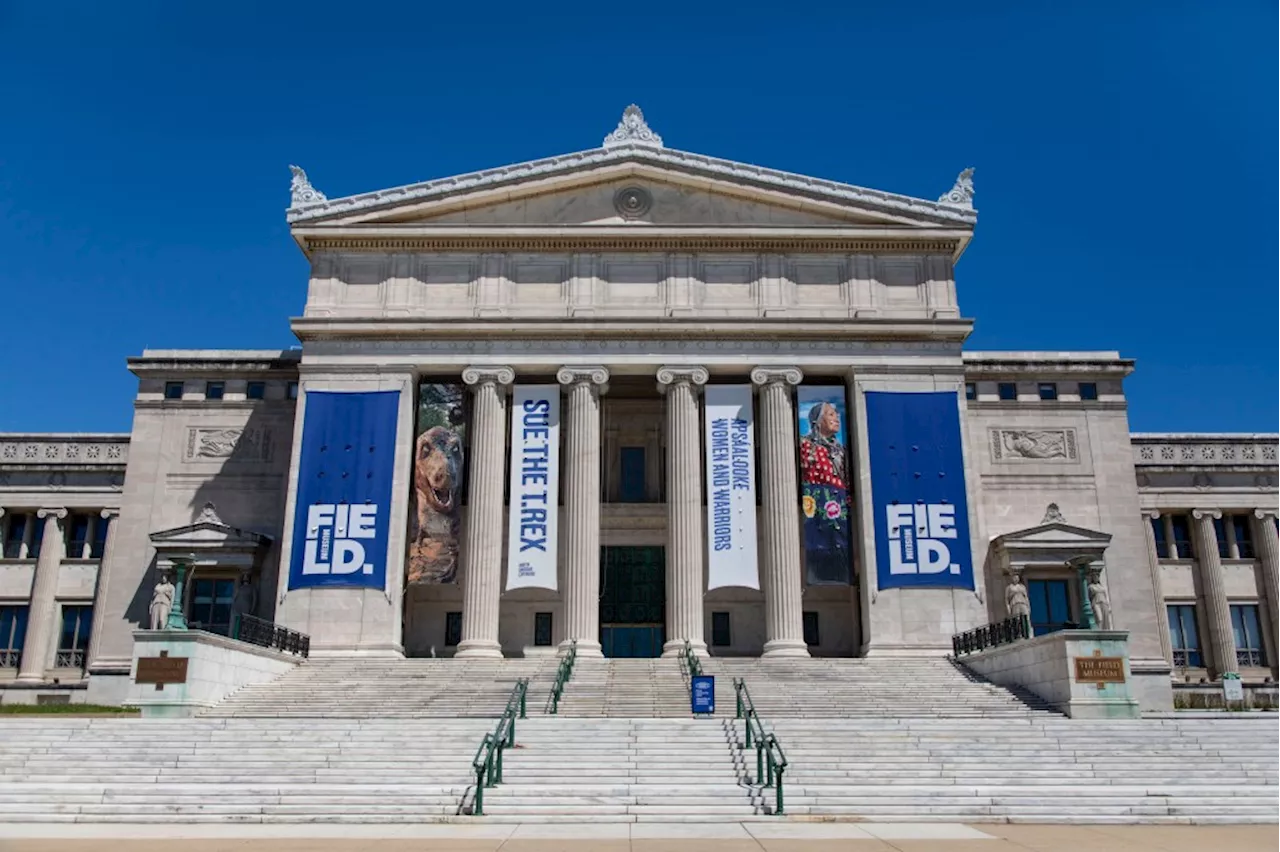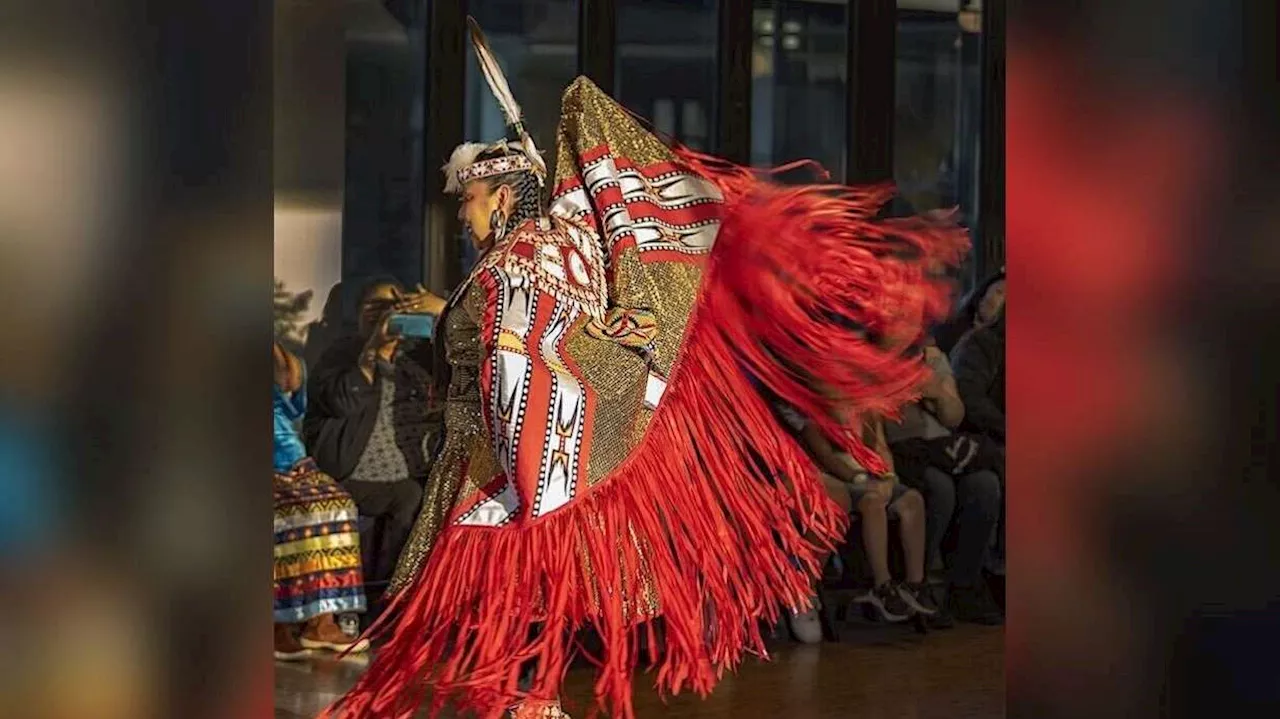Repatriation of Native American ancestors to tribes has been slow. Here's where ancestors still are held in Utah — and why that pace may finally change.
Repatriation has been slow. Now, an update to federal rules — and more staff — “opens up an opportunity for us to return the ancestors home.”
The new regulations “will now allow us to repatriate based on geography, rather than cultural affiliation,” which had been a “pretty high bar,” said Greenwald, who also is an assistant anthropology professor at the U.The change, she said, “opens up an opportunity for us to return the ancestors home that we didn’t have before.”
Many ancestors held by the museum come from “Fremont archaeological contexts,” Greenwald explained, “and there is not a strongly established line of descent between Fremont archaeological populations and a living cultural population.” “Some ancestors that remain in our collections came to either the University of Utah before the museum existed as a museum, or came to the museum shortly after it was officially established in the 1970s,” Greenwald said.
Some funeral objects and 168 of the ancestors at NHMU arrived there via agencies such as the Bureau of Land Management, Bureau of Reclamation, Forest Service, National Park Service and the Fish and Wildlife Service, museum officials note. The earliest recorded acquisition date for the 248 ancestors under NHMU’s direct authority is 1917 and the most recent is 1982. The “majority of these ancestors were unfortunately excavated” from “projects undertaken by archaeologists, anthropologists affiliated with the U.,” Greenwald said. They are generally adults, she added.
But most of the ancestors, she said, are considered “culturally unidentified individuals,” which means “there is little to no cultural or scientific consensus on affiliation with an extant tribal nation, and no tribes made claims for repatriation.”Identifying a link to a tribe through scientific processes is tricky, Greenwald said, because many of those techniques can damage or even destroy remains. There’s also the issue of performing these tests without clear consent, she said.
Ayau had never heard of NHMU, he said, but when he recently became aware of it, he asked whether it held any ancestral remains or funeral objects. NHMU agreed, and the process, from inquiry to return, took two months, which Ayau said is “relatively quick.” The new regulations are “going to cause a gigantic explosion in our responsibilities,” Stanfield said, in addition to their many positive affects.
“That responsibility should be on them,” Stanfield said. “The taking of these ancestors and funerary objects was all done by people on the outside, by these large museums.” The Native Voices exhibit at the Natural History Museum of Utah.as they navigate the new NAGPRA updates. The Natural History Museum of Utah, as it notes in signage, “doesn’t exhibit human remains or objects associated with burials,” and hasn’t removed any items from exhibits.
The project highlights cultural artifacts, stories, traditions and people from the tribes. While creating its exhibit, Greenwald said, museum curators learned details from thethat they might otherwise have overlooked, such as the importance of putting it on the ground floor or placing it in a circular space.
Natural History Museum Of Utah Repatriation Museums Utah Museums Indigenous Artifacts
United Kingdom Latest News, United Kingdom Headlines
Similar News:You can also read news stories similar to this one that we have collected from other news sources.
 Museums Temporarily Cover Exhibits to Comply with Native American Graves Protection and Repatriation ActThe Field Museum and other museums in the United States are taking steps to comply with the Native American Graves Protection and Repatriation Act, a law that has been in effect for 34 years. This law aims to address the long history of disrespect and dishonor towards Indigenous human remains and burial sites. Museums, archaeologists, and federal agencies have disturbed burial grounds and removed thousands of Native American and Native Hawaiian human remains and funerary items for display or study.
Museums Temporarily Cover Exhibits to Comply with Native American Graves Protection and Repatriation ActThe Field Museum and other museums in the United States are taking steps to comply with the Native American Graves Protection and Repatriation Act, a law that has been in effect for 34 years. This law aims to address the long history of disrespect and dishonor towards Indigenous human remains and burial sites. Museums, archaeologists, and federal agencies have disturbed burial grounds and removed thousands of Native American and Native Hawaiian human remains and funerary items for display or study.
Read more »
 Native-American Pow Wow returns to Utah State after long breakWhen a Navajo student returned to Utah State after a break of a few years, he asked about the Pow Wow he attended as child. The student did not like the answer, but that was the beginning.
Native-American Pow Wow returns to Utah State after long breakWhen a Navajo student returned to Utah State after a break of a few years, he asked about the Pow Wow he attended as child. The student did not like the answer, but that was the beginning.
Read more »
 Native American fashion comes to runway at Utah Indigenous Fashion Week eventThe Utah Indigenous Fashion Week show in Salt Lake City will feature traditional and more contemporary offerings from Hopi, Navajo, Ute, Apache and other designers and artists.
Native American fashion comes to runway at Utah Indigenous Fashion Week eventThe Utah Indigenous Fashion Week show in Salt Lake City will feature traditional and more contemporary offerings from Hopi, Navajo, Ute, Apache and other designers and artists.
Read more »
 Illegal Introduction of Fish Threatens Native Utah SpeciesThe Utah Division of Wildlife Resources reports that a native Utah species is at risk due to an illegal introduction of fish into a reservoir by a 'bucket biologist'. The reservoir is home to the Bluehead Sucker, a fish native to Utah that improves water quality.
Illegal Introduction of Fish Threatens Native Utah SpeciesThe Utah Division of Wildlife Resources reports that a native Utah species is at risk due to an illegal introduction of fish into a reservoir by a 'bucket biologist'. The reservoir is home to the Bluehead Sucker, a fish native to Utah that improves water quality.
Read more »
 NHL star, Utah native says Salt Lake City hockey fans in 'for real treat'After 3 decades spent in the sunny (and humid) South Florida media world, Jeff has traveled to across the country to partake in the delights of The Beehive State.
NHL star, Utah native says Salt Lake City hockey fans in 'for real treat'After 3 decades spent in the sunny (and humid) South Florida media world, Jeff has traveled to across the country to partake in the delights of The Beehive State.
Read more »
 4-year Utes starter Sataoa Laumea selected No. 179 overall to Seattle SeahawksThe Rialto, California, native hopes to carry the same success at Utah into the NFL.
4-year Utes starter Sataoa Laumea selected No. 179 overall to Seattle SeahawksThe Rialto, California, native hopes to carry the same success at Utah into the NFL.
Read more »
